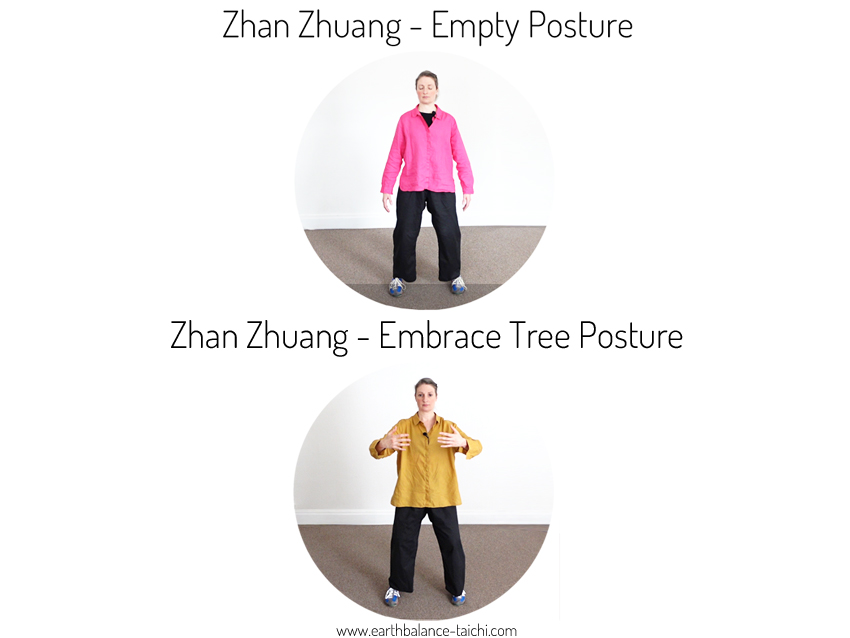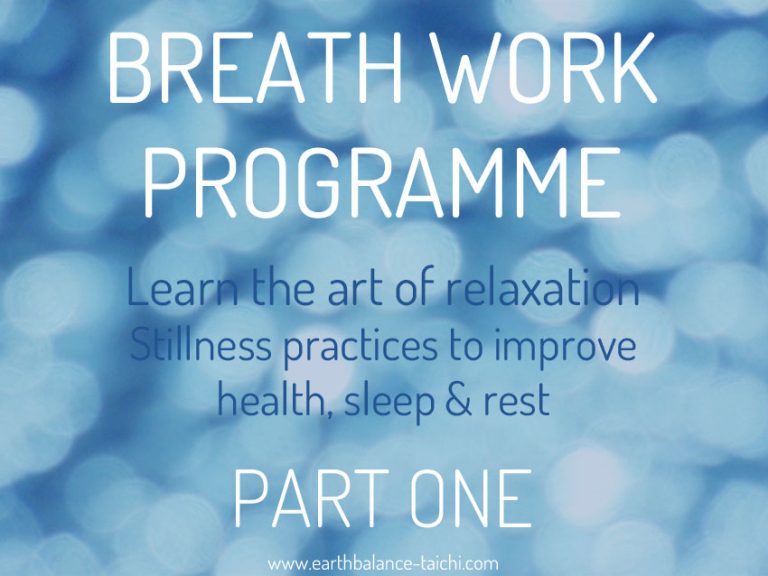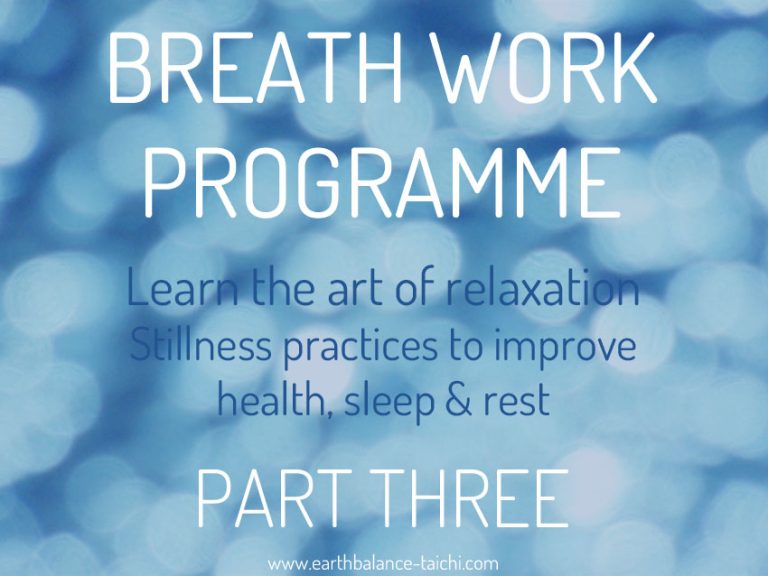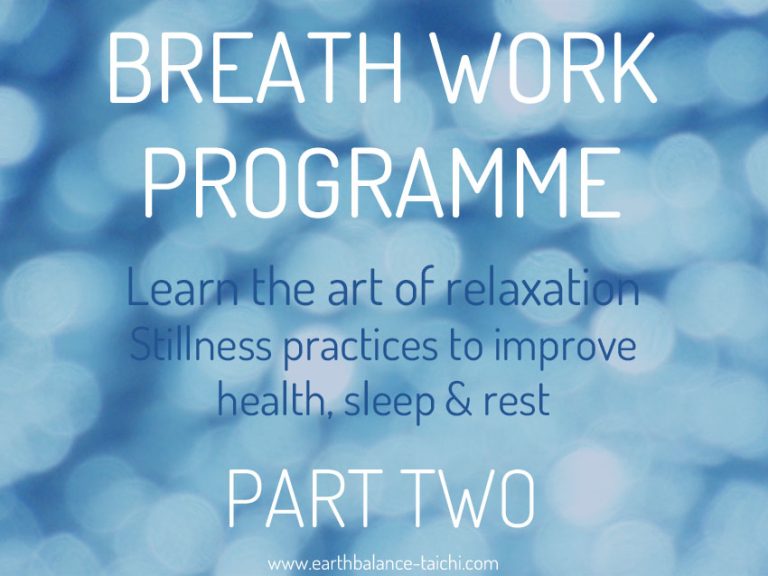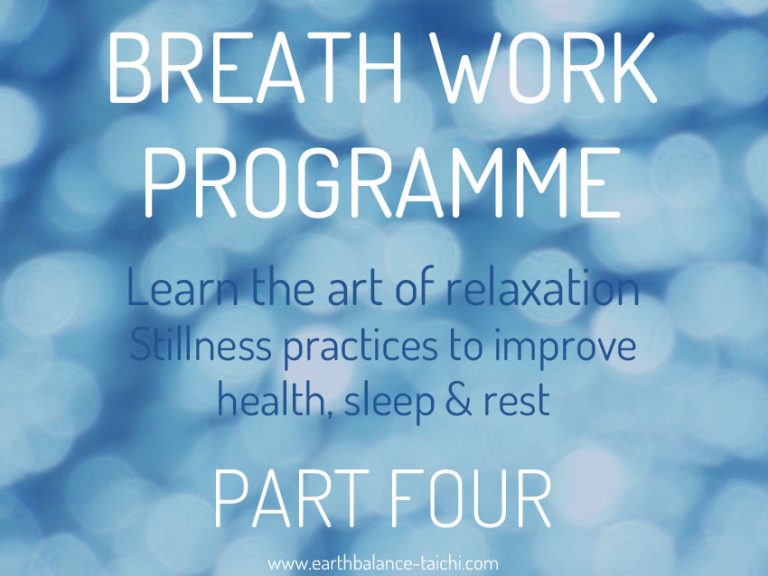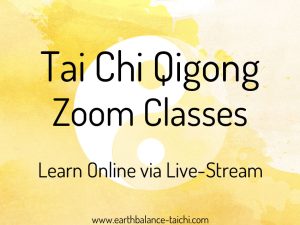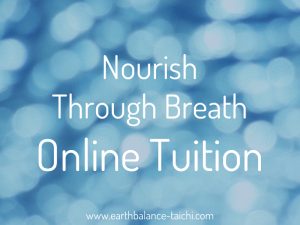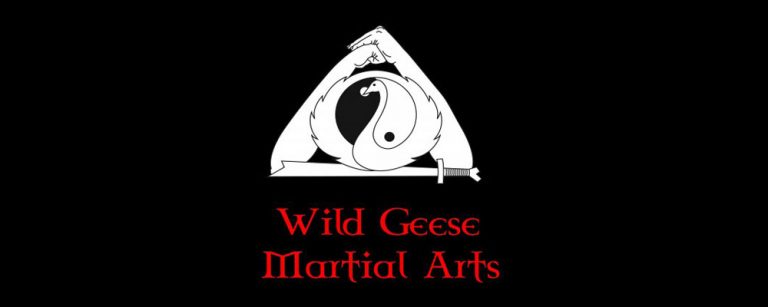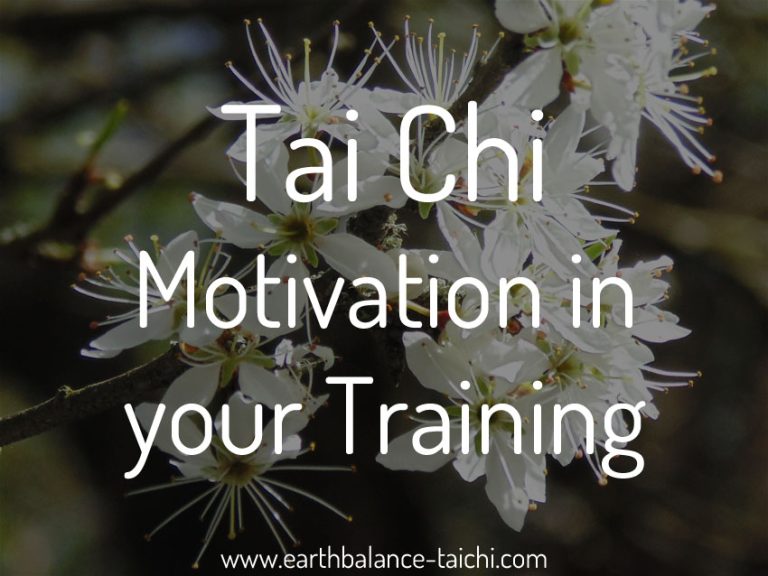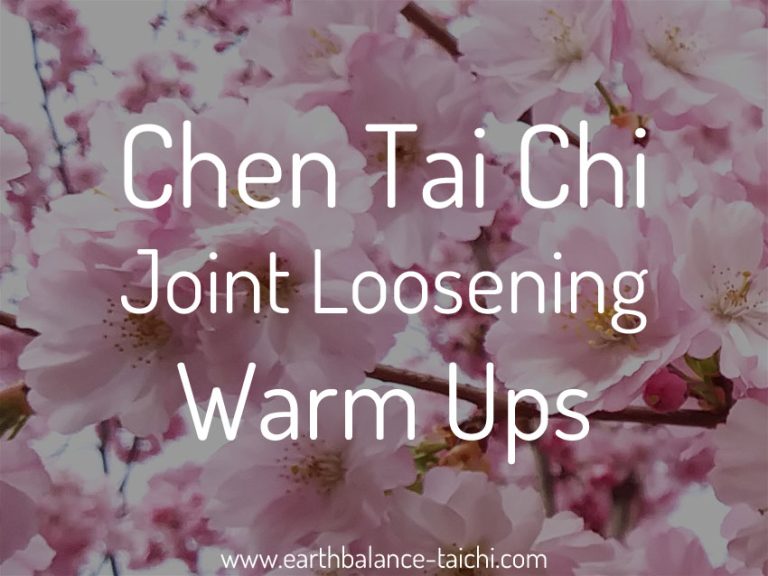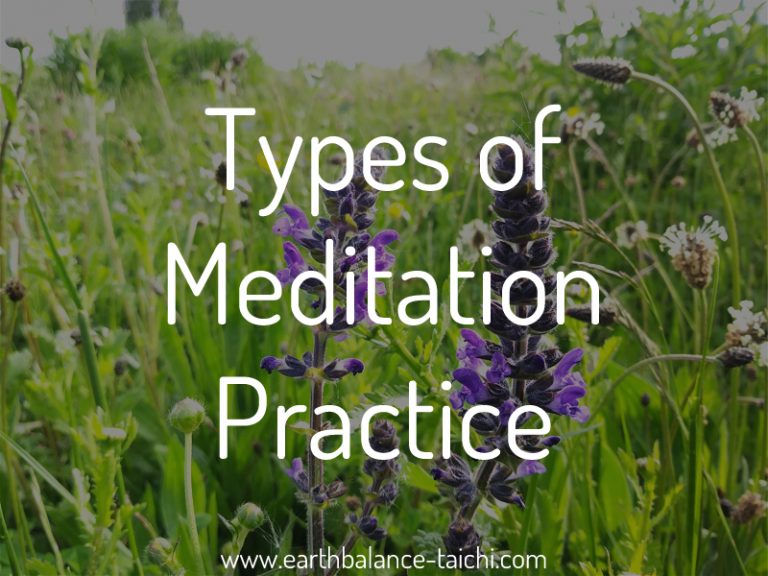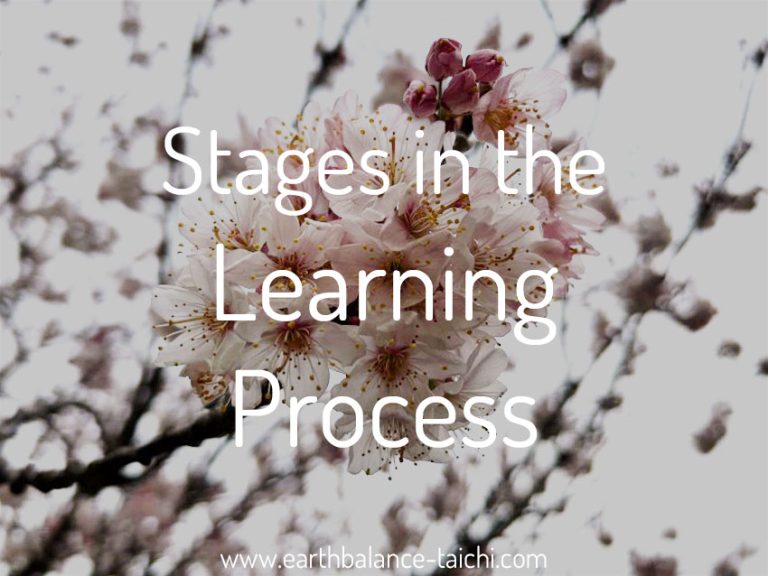Nourish Through Breath Part 5

Nourish Through Breath Part 5
Qigong Breathing for Health
The fifth part in this breath work programme looks at developing your breath work by combining whole body movement. The heavenly breath is a foundation Qigong practice that is co-ordinated with diaphragmatic breathing. You can also learn to train your breath to become slower over time, using breathing chimes to regulate your breathing pace per minute. Explore other breathing techniques to add to your breath work practice. Learn about how breath work can aid your daily life.
Part Five Contents
22. Standing Practice / Zhan Zhuang
23. Heavenly Breath
24. Training the Breath
25. Breathing Chimes
26. Variations
27. Daily Life
Zhan Zhuang
Standing practice is a foundation passive Qigong movement. Use the Buddhist / abdominal breathing method, the relaxation breath. Combining a standing posture, structural alignment with deep breathing and awareness.
- Feet shoulder width apart.
- Sink into a hip squat.
- Arms either down by the sides or held up at the chest in an embracing posture.
- Lengthen the spine and hold the body upright.
- Eyes softly open or closed.
- Maintain the posture with applied relaxation.
- Relax the muscles.
- Breathe deeply.
Find out more in depth details about how to hold the body in stillness. Follow along with my 12 step Zhan Zhuang video course here.
Practice for 2-5 minutes.
Heavenly Breath
This is a foundation active Qigong movement. Use the Buddhist / abdominal breathing method, the relaxation breath. Combine posture and alignment with deep breathing and awareness. The squatting motion is connected to the arms circling over head, which is combined with the Buddhist breath technique.
- Start from a squatting position, hands in neutral position.
- Inhale as the arms raise / raise out of the squat.
- At the top position, the arms stop, the raising out of the squat stops and the full breath has been inhaled.
- Exhale as the arms lower / squat down.
- At the base position, the arms stop, the squatting stops and the full breath has been exhaled.

Practice the technique for 10-20 minutes.
Training the Breath
You can learn to slow down the breath to a specific rate per minute. The slower and deeper you breathe, the more oxygen you draw into the brain and body, the better your body systems function. The slower and deeper you breathe, the more you relax and de-stress and the calmer you become. To train your breathing rate, you can be standing, sitting down, lying down, or moving in the heavenly breath Qigong routine.
- Align your posture.
- Use the Buddhist / abdominal breathing method, the relaxation breath.
- Start with 5 breaths per minute, practising for 5-20 minutes daily over a few weeks.
- Once it becomes relaxed and familiar, lower the rate to 4 breaths per minute.
- Once it becomes relaxed and familiar, lower the rate to 3 breaths per minute.
- 3 breaths per minute is easier to start with when lying down.
- Do not force the breath if you are not able to follow the pacing.
- Close the eyes.
- Relax the body.
- Release the mind.
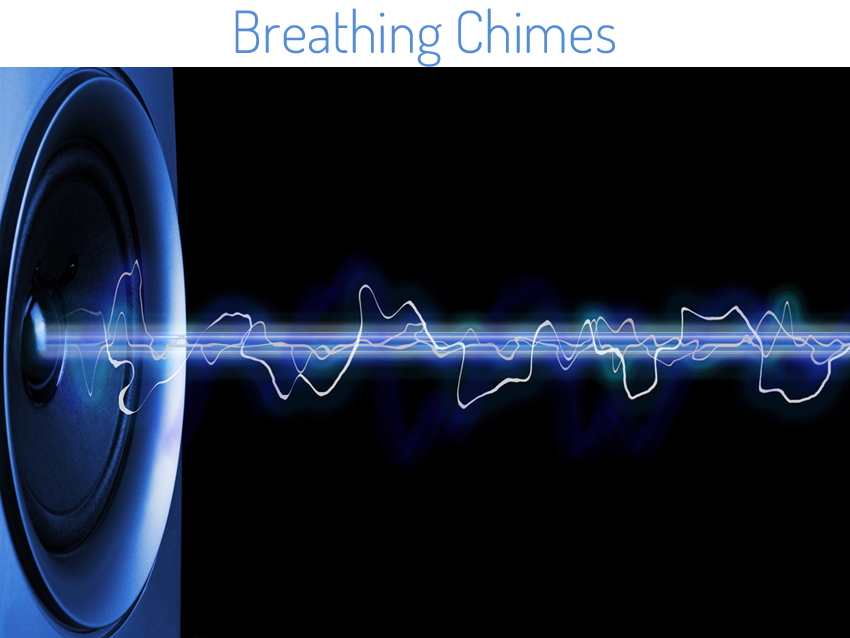
Breathing Chimes
To train the breath you will need breathing chimes that give you an audible signal to change from the inhale to exhale, and the exhale to inhale.
5 breaths per minute = 1 breath every 12 seconds.
4 breaths per minute = 1 breath every 15 seconds.
3 breaths per minute = 1 breath every 20 seconds.
With each chime begin to inhale or exhale. There are two chimes per one cycle of complete breath. The breathing chimes change tone every five minutes to help you keep track. At the end of twenty minutes there is a deep bell tone to notify you that the audio track is complete.
Practice using 5 breaths per minute for 10-20 minutes.
Breath Work Techniques Variations
Circular Breathing
A neutral breath is where the inhale and exhale are the same length. The breathing exercises in this course are all circular breathing, with the same length inhale and exhale, without any gaps or pauses. You can play with variations in your breathing. Each breathing variation will create a different experience. Here are some examples to try.
Long Exhale
Inhale longer than the exhale. Example: Inhale for a count of 3, exhale for a count of 6.
Pausing
Pausing at the end of the exhale. This is found in some Tai Chi and Qigong practices. At the end of the breath the whole body is relaxed in stillness. Pause and feel that sense of release and silence. In that moment the body and mind are still and calm. When we inhale, the body jumps into action as fresh oxygen is drawn in.
Slowing
Slowing down breath by breath. With each breathe slow down more.
Practice each technique for 5-10 minutes.

Daily Life
Where and when can you train your breath in your daily routine?
- Waiting for the kettle to boil.
- Standing in a supermarket queue.
- Waiting at a bus stop.
- Lying down in bed trying to get to sleep.
- Use the relaxation breath for 10-20 minutes before doing something you are worried about, scared of or nervous for e.g. a job interview.
- Use the relaxation breath for 10-20 minutes after doing something that was difficult, where there was conflict or where you experienced negative emotions e.g. having an argument.
- Use the Buddhist / abdominal method for relaxation and activation of the natural relaxation response in your daily life.
Breathing is a grounding practice. It connects you with your body. It returns you to you.
Copyright Notice
© 2021 www.earthbalance-taichi.com All Rights Reserved. As the author and designer of this tutorial, I am granting you permission to use these resources for your own personal use only. Reproduction of any kind without prior written permission is strictly prohibited - this includes but is not limited to making copies, distributing, teaching, selling or publishing online or offline whether for personal, educational or commercial use. Privacy policy www.earthbalance-taichi.com/disclaimer/
Terms of Use
The information contained on this webpage is for entertainment purposes only. The information provided is not advice, and should not be treated as such. The information is provided by “earthbalance-taichi.com and Earth Balance Tai Chi” and whilst we endeavour to keep the information up-to-date and correct, we make no representations or warranties of any kind, express or implied, about the completeness, accuracy, reliability, suitability or availability with respect to the Ebook or the information, products, services, or related graphics for any purpose. Any reliance you place on such information is therefore strictly at your own risk. In no event will we be liable for any loss or damage including without limitation, indirect or consequential loss or damage, or any loss or damage whatsoever.
Medical Advisory
Before starting this programme please consult with your doctor. Earth Balance Tai Chi cannot be held responsible for any injury, harm or damage caused directly or indirectly by relying on the information on this webpage.
